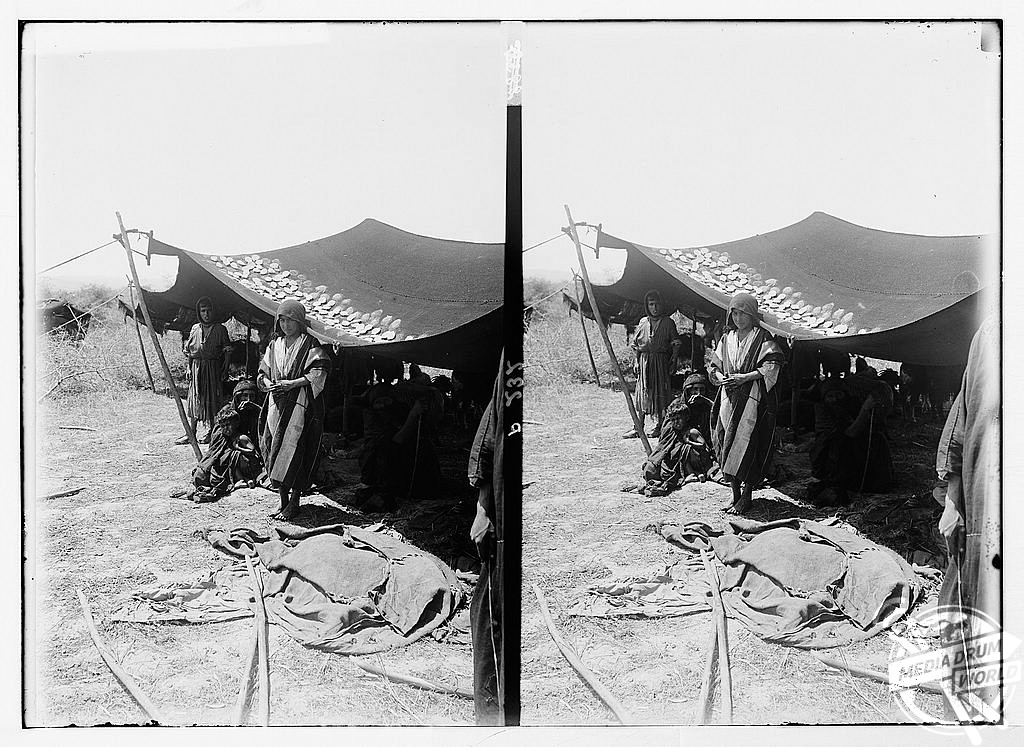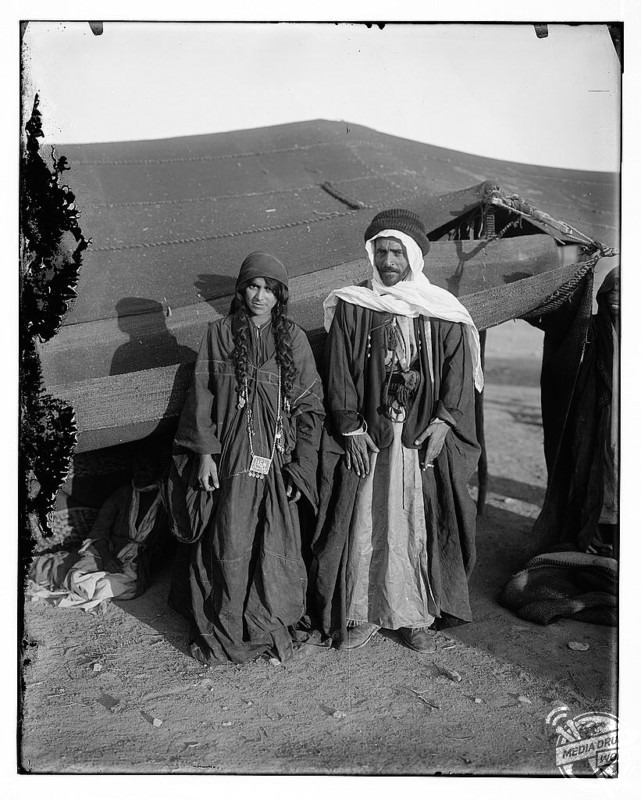
By Ben Wheeler
FASCINATING black and white images have come to light which reveal the lives of the nomadic Arab Bedouins around the turn of the twentieth century.
The pictures show the desert dwelling Muslims living their day to day lives, gathering around their makeshift tents and huts.
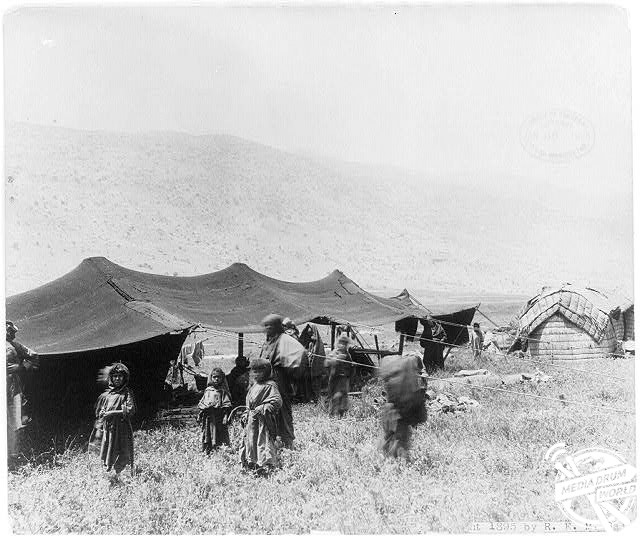
They show a man playing his single stringed instrument, known as a Rababeh, a group of women weaving garments and villagers drying cheeses on their roof.
Other photos document members of both the Adwan and Arakat tribes in their distinct, traditional robes and a menacing looking Bedouin woman wielding a blade in preparation for a sword-dance.
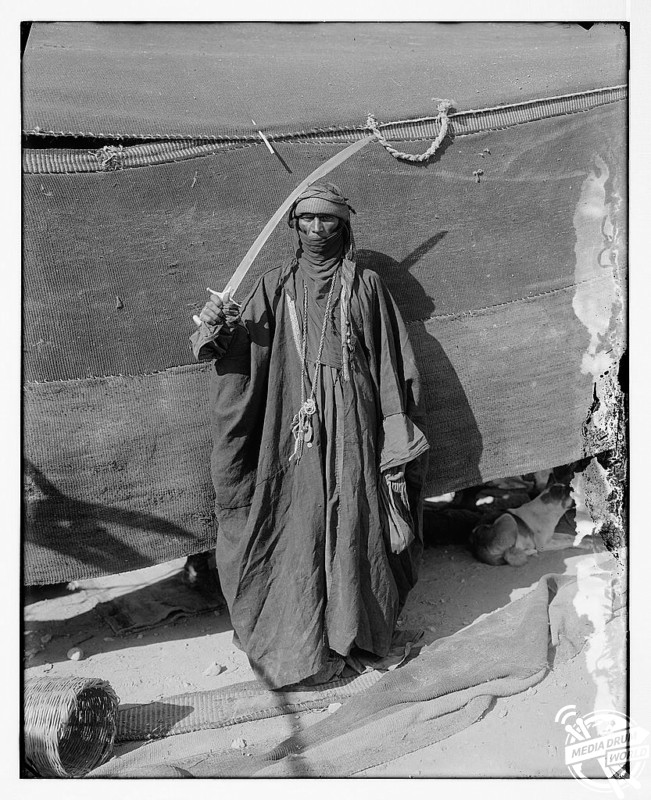
The images, which were taken over a 50-year period in various locations from Jordan to Jerusalem, unveil the historic practices of the tribes-people who famously reside in the deserts of North Africa and the Middle East.
The Bedouin tribes were also amongst the first converts to Islam and therefore the religion is a significant and deeply rooted aspect of their culture.
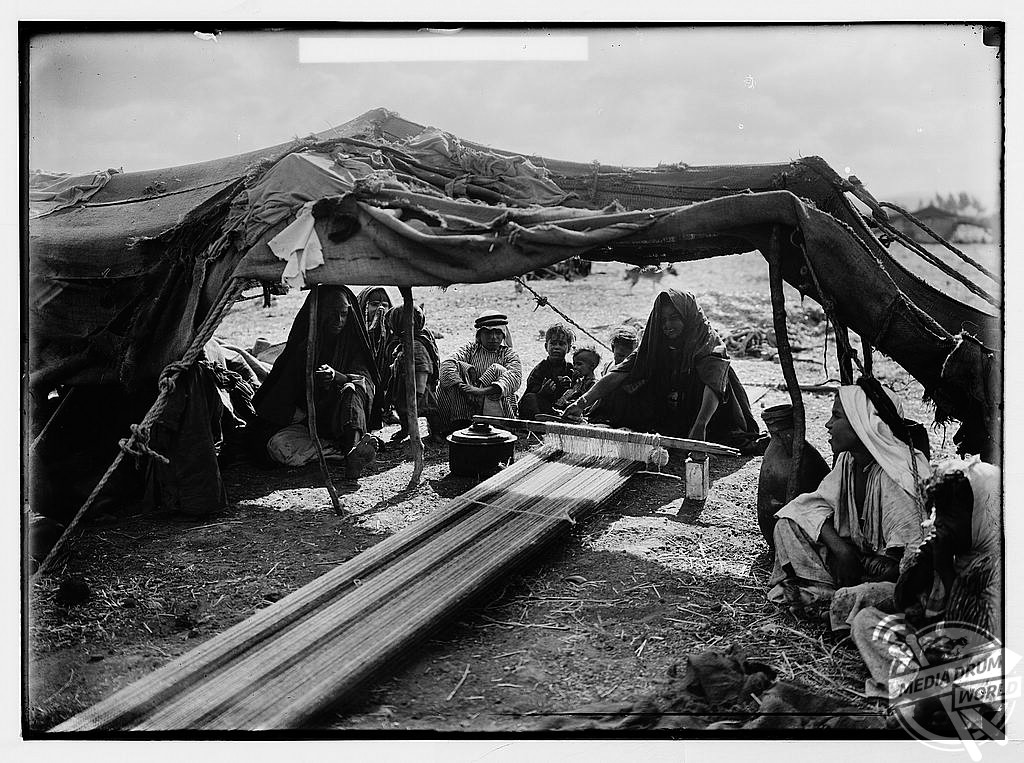
Traditional desert dwellers depicted in these shots are in contrast to today’s contemporary Bedouin, who started to leave their traditional, nomadic lifestyle in the 50s and 60s to live and work in the cities of the Middle-East.
Many of the tribes ceased living in the deserts as the oil fields which lay beneath were being farmed by Britain and America, bringing the Bedouin material prosperity and into contact with the comforts and technology of the modern world.
